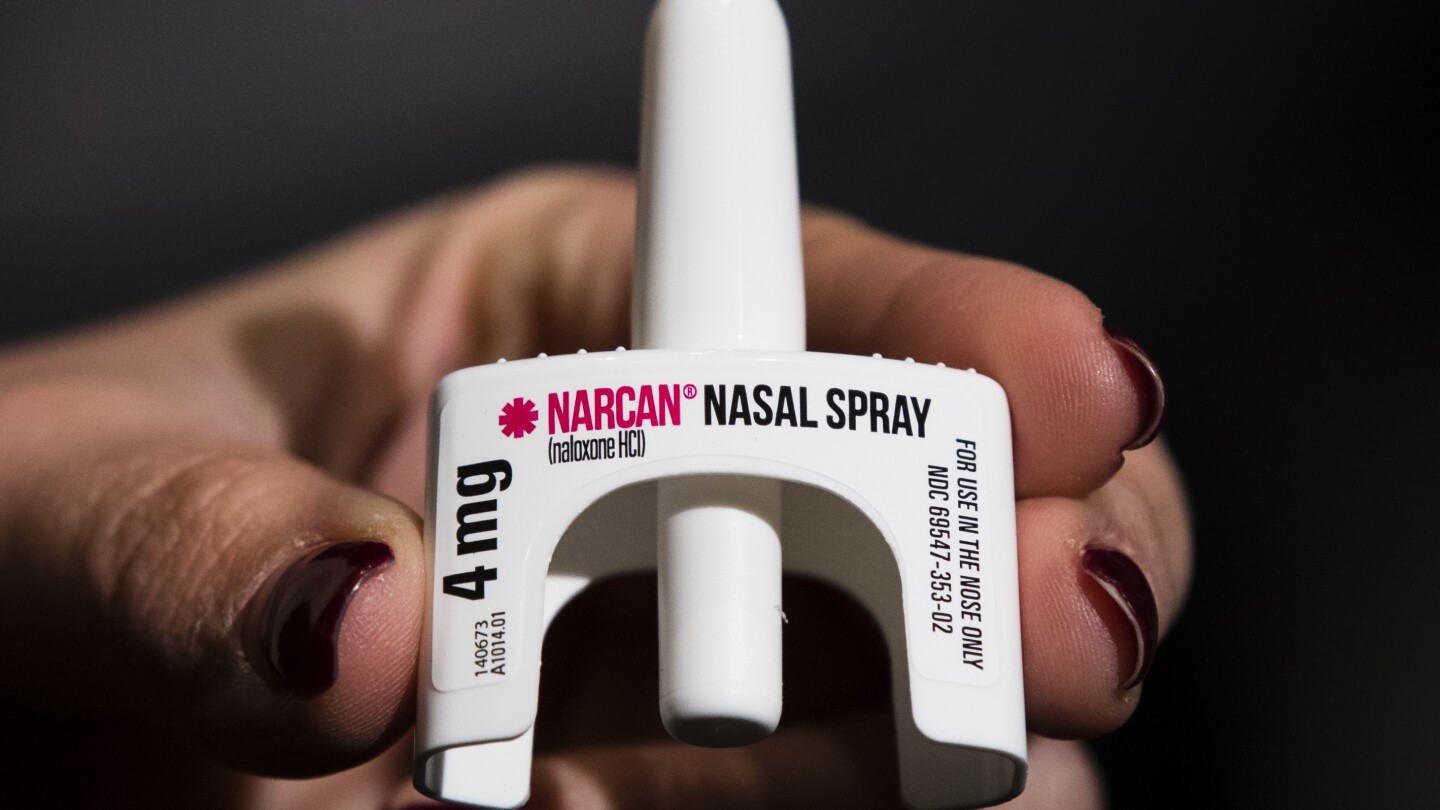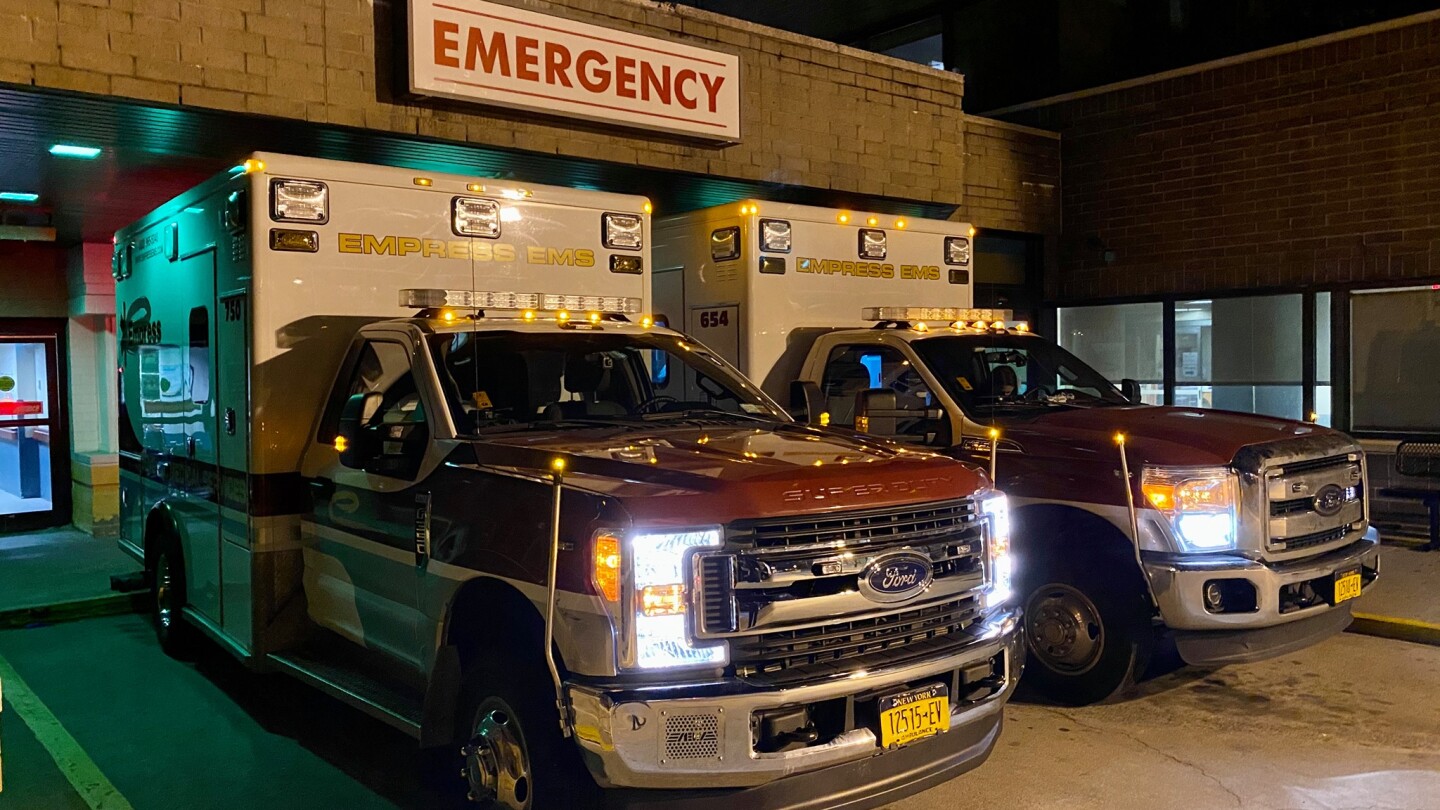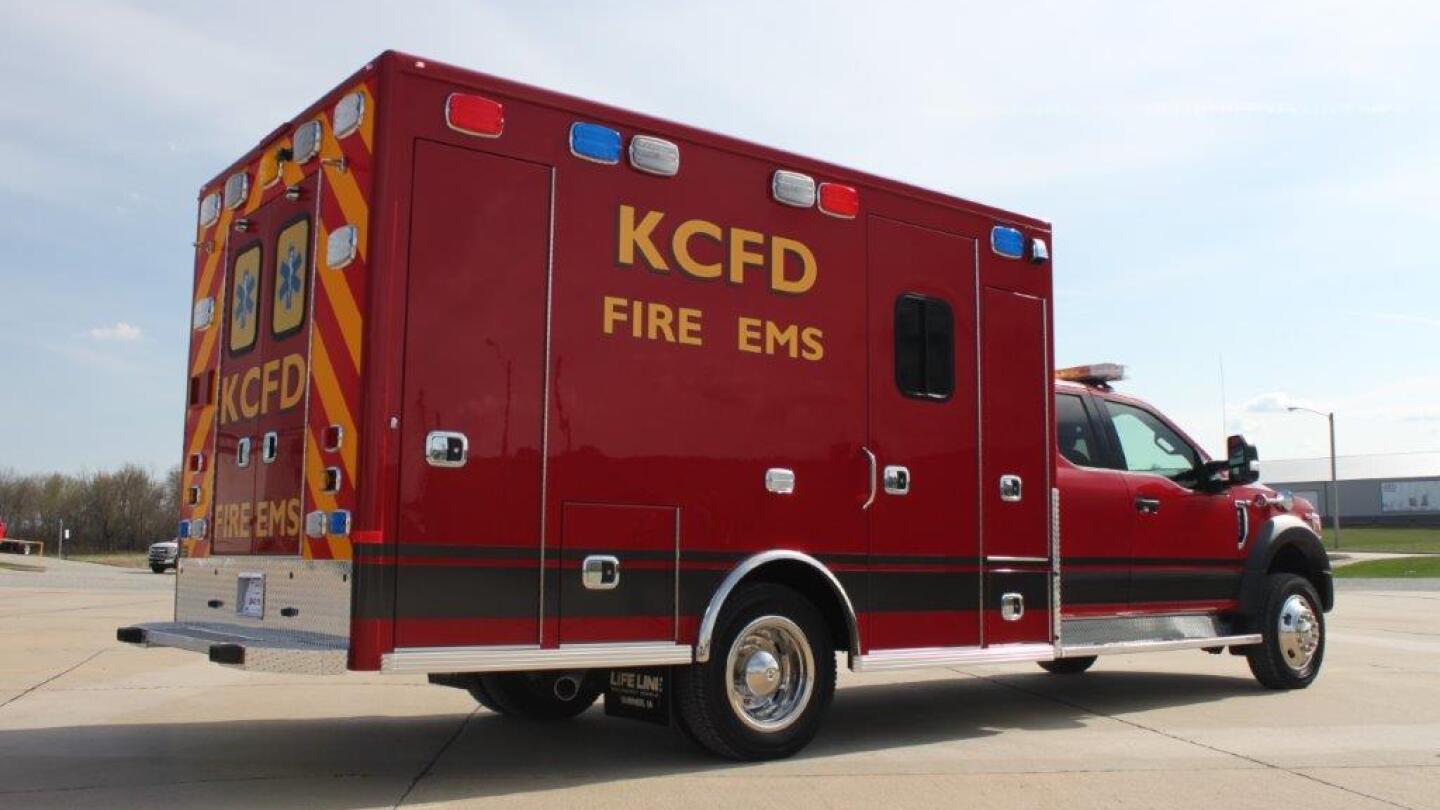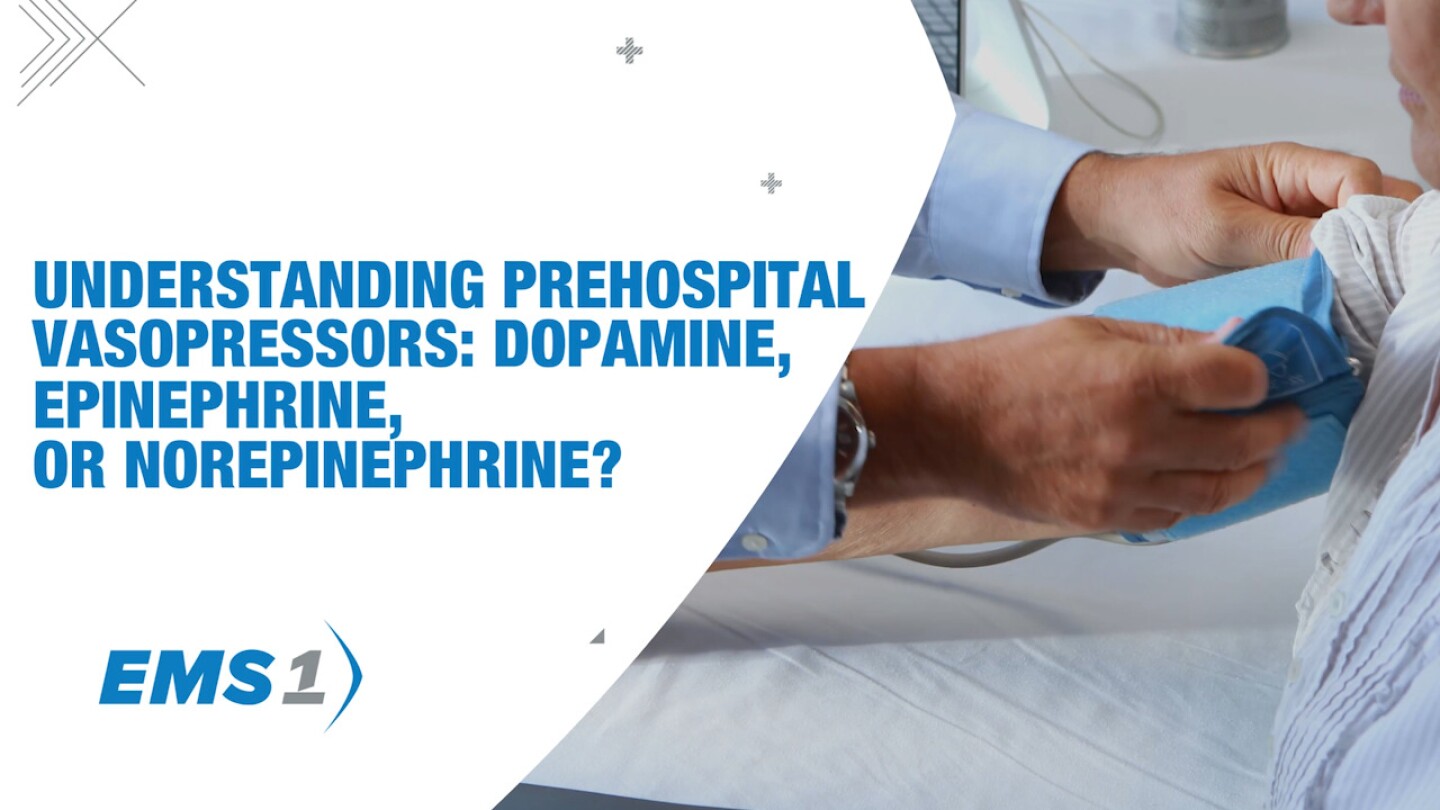Cardiac Care
Explore our comprehensive directory of articles on Cardiac Care in EMS, tailored to support professionals in assessing, treating, and managing cardiac emergencies. This collection covers essential topics such as ECG interpretation, advanced cardiac life support (ACLS), and the latest heart attack and arrhythmia management protocols. Mastering cardiac care is crucial for improving patient outcomes in life-threatening situations. For related content, check out our resources on Emergency Medical Procedures. Stay informed and enhance your skills in cardiac care with our expert-driven content.
Put away your Bee Gees record and try these holiday classics to keep the CPR pace this season
Real talk: EMS needs to stop playing second fiddle in the house of medicine
Try these tips to make seat belt use in the patient care compartment just as normal as your personal vehicle
A Morehead lieutenant went into cardiac arrest while performing CPR on a patient, and an assistant chief later experienced chest pain
When a runner collapsed during Flint’s Crim Festival of Races, three spectators with medical training jumped into action performing CPR, using a defibrillator and helping paramedics
What EMS providers need to know about the physiology behind the Lazarus syndrome to ensure a patient is deceased before declaring death
Alexandria Police Officer Whitney Buerger, once saved by an AED herself, delivered a shock that revived a man in cardiac arrest
Ed Racht previews new AHA CPR/ECC guidelines and how lessons from SCA can save lives in overdose, bleeding and drowning — just in time for CASSummit 2025
Paramedics in north-central Minnesota can now activate a first-in-the-nation air ECMO team, helicoptering a cardiologist and device from M Health Fairview Northland in Princeton
Naloxone will now sit alongside AEDs, CPR masks and Stop The Bleed kits at six park kiosks and municipal sites in Windham
After a heart attack, a 72-year-old waited five hours at Amberwell Atchison for a paramedic ambulance until Jackson County EMS arrived from Topeka
Full-time EMTs, paramedics and other EMS leaders can get $1,000 in travel funds, complimentary ReSS registration and a year of AHA membership
Empress crews reached the scene in 3 minutes 11 seconds, slashing previous nine-minute waits
Cayuga County dispatcher Shelly Delfavero presented a 911 coin to Auburn City Ambulance medics Dan Tomasino and Dan Cooper, who revived her multiple times
Efforts across Europe aim to improve cardiac arrest outcomes through community CPR education and mobile alert apps that connect trained volunteers with emergencies before EMS arrives
WEINMANN’s emergency ventilator met PASCO County’s demand for reliable, easy-to-use ventilation in every ambulance
With funding from the American Heart Association, UM researchers are building a wearable sensor called INSIGHT-CPR to help responders personalize cardiac arrest treatment and improve survival rates
Marin County is holding a scavenger hunt to locate unregistered defibrillators and add them to the PulsePoint app ahead of its Aug. 16 CPR event
Emergency crews responded to a cardiac arrest at Hulk Hogan’s Clearwater home Thursday morning, where he was later pronounced dead at a local hospital
Decoding capnography: Key waveforms that guide EMS decisions
A department review found paramedics and EMTs followed recommended chest pain procedures in just 13.2% of cases
Two hikers were struck by lightning near the summit of Torreys Peak, prompting a daring helicopter hoist rescue at 14,200 feet, believed to be the highest in Colorado history
Eight fellow first responders, honored with a CPR Save Award, are credited with saving a North Regional firefighter
Every time we take our hands off the chest, perfusion pressure — and the chances of ROSC — drops
In a push to boost cardiac arrest survival rates, Bakersfield Hospital and the American Heart Association held CPR demos inside banks, turning everyday errands into lifesaving opportunities
Swift, coordinated action by first responders helped revive a child, restoring a pulse before the patient was airlifted to Cook Children’s Medical Center
A UT Southwestern study of 500K cardiac arrest cases finds survival has not returned to pre-pandemic levels, especially in Black and Hispanic communities
This curated list of songs maintains the perfect tempo to guide your CPR compressions, ensuring you’re prepared to act swiftly and effectively in emergencies
A comprehensive look at vasopressors: functions, differences and application strategies
After responding to a call just blocks from their station, Wichita Fire Station 5 and Sedgwick County EMS resuscitated a newborn in distress
With more than 350,000 out-of-hospital cardiac arrests annually in the U.S., the majority prove fatal, often due to delays in care. Quick intervention is critical, yet fewer than half of victims receive help before EMS arrives
Assign someone to monitor the patient’s airway visually and with capnography using these five tips
Avoid misdiagnosing atrial flutter as sinus tachycardia by mastering these ECG interpretation strategies
MOST POPULAR
- Mechanical CPR, stay and play, epi and more: Top takeaways from the 2025 AHA CPR/ECC Guidelines
- Fla. man reunited with paramedics who saved his life
- SVT vs. sinus tachycardia: Key ECG differences explained
- 5 ways to improve airway and ventilation performance in cardiac arrest
- 5 things EMS providers need to know about capnography and ETCO2 monitoring



































